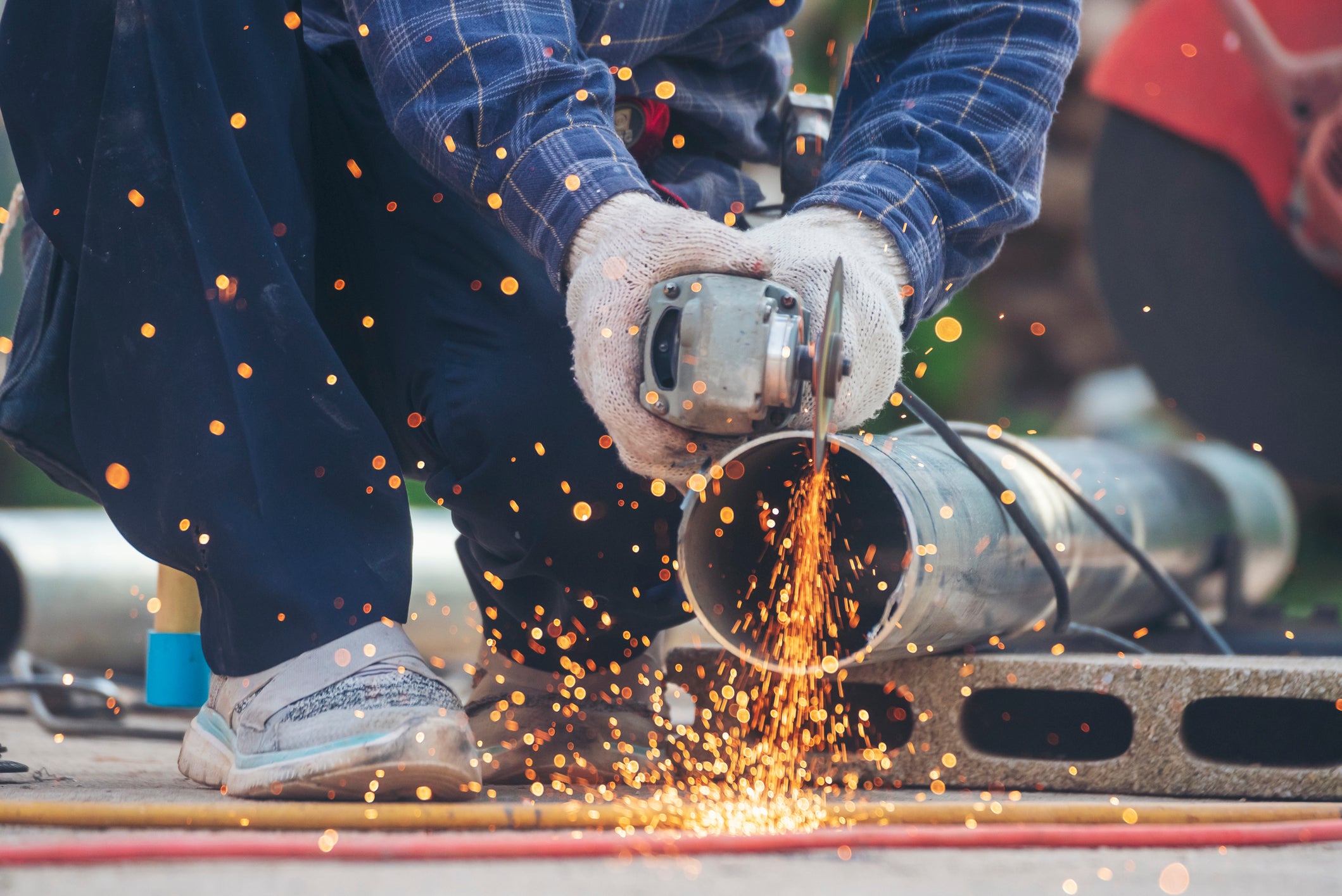1. Introduction
Hot mill gloves serve as essential protective gear in environments where extreme heat poses a threat to workers' safety. These gloves are designed to withstand high temperatures, ensuring that hands remain shielded from burns and other heat-related injuries. In this article, we explore the features, functionality, and importance of hot mill gloves in various industrial settings.
2. What are Hot Mill Gloves?
Hot mill gloves are specialized hand protection gear crafted from heat-resistant materials such as Kevlar, leather, and aluminized fabrics. They are designed to provide insulation and protection against radiant heat, molten metal splashes, and sparks generated in hot work environments like steel mills, foundries, and glass manufacturing facilities.
3. How do Hot Mill Gloves Work?
Hot mill gloves function by employing multiple layers of heat-resistant materials that act as a barrier between the hands and the high-temperature environment. These layers are engineered to reflect heat away from the hands while maintaining dexterity and grip, enabling workers to handle hot materials safely.
4. Types of Hot Mill Gloves
There are several types of hot mill gloves tailored to specific applications and heat levels:
-
Aluminized Gloves: Featuring aluminized backing, these gloves reflect radiant heat and provide excellent thermal protection in foundry and casting operations.
-
Kevlar Gloves: Constructed from Kevlar fibers, these gloves offer exceptional heat resistance and are ideal for handling sharp-edged materials in steel mills and glass manufacturing.
-
Leather Gloves: Made from durable leather, these gloves provide both heat resistance and abrasion protection, making them suitable for welding and metal fabrication tasks.
5. Features to Consider
When selecting hot mill gloves, it's essential to consider the following features:
-
Heat Resistance: Ensure that the gloves can withstand the specific temperature range of the intended application without compromising protection.
-
Dexterity: Choose gloves that allow for sufficient finger movement and tactile sensitivity to handle tools and materials effectively.
-
Comfort: Prioritize gloves with breathable liners and ergonomic designs to enhance comfort during extended wear.
6. Benefits of Hot Mill Gloves
The utilization of hot mill gloves offers several benefits:
-
Protection: Shields hands from burns, cuts, and abrasions caused by exposure to high temperatures and hot materials.
-
Versatility: Suitable for various hot work applications, including welding, forging, casting, and glass handling.
-
Durability: Designed to withstand frequent use in harsh environments, these gloves offer long-lasting protection and value.
7. Applications
Hot mill gloves find widespread use across numerous industries, including:
-
Steel Manufacturing: Essential for workers involved in steel production, including steelmaking, rolling, and forging processes.
-
Foundries: Used by foundry workers to handle molten metal, sand casting molds, and other hot materials.
-
Glass Industry: Employed in glass manufacturing facilities for handling hot glass products and operating glass forming machinery.
8. Safety Precautions
While hot mill gloves provide effective protection, it's crucial to observe safety precautions:
-
Training: Ensure that workers receive proper training in the safe use of hot mill gloves and handling of hot materials.
-
Inspect Regularly: Periodically inspect gloves for signs of wear, damage, or degradation and replace them as needed to maintain optimal protection.
-
Avoid Moisture: Keep gloves dry, as moisture can reduce their heat resistance and compromise protection.
9. Maintenance and Care
To extend the lifespan of hot mill gloves:
-
Cleaning: Regularly clean gloves with mild detergent and water to remove dirt and contaminants, then air dry thoroughly.
-
Storage: Store gloves in a cool, dry place away from direct sunlight and sources of heat to prevent degradation of materials.
-
Replace When Necessary: Replace gloves that show signs of excessive wear, damage, or loss of heat resistance to ensure continued protection.
10. Choosing the Right Size
Selecting the correct size of hot mill gloves is essential for comfort and effectiveness. Gloves that are too tight can restrict movement and cause discomfort, while oversized gloves may compromise dexterity and safety. Refer to manufacturer sizing charts and consider trying on different sizes to find the perfect fit.
11. Common FAQs
Q1: Can hot mill gloves protect against molten metal splashes?
Yes, hot mill gloves are designed to provide protection against molten metal splashes, but it's essential to select gloves specifically rated for this purpose and follow proper safety protocols.
Q2: Are hot mill gloves suitable for use in firefighting operations?
While hot mill gloves offer heat resistance, they are not designed for firefighting activities involving direct exposure to flames or extreme heat. Firefighters should use specialized firefighting gloves for such scenarios.
Q3: Can hot mill gloves be used for handling chemicals?
Hot mill gloves are primarily designed for heat resistance and may not provide adequate protection against chemical exposure. Workers handling chemicals should use gloves specifically rated for chemical resistance.
Q4: How often should hot mill gloves be replaced?
The frequency of glove replacement depends on factors such as usage intensity, exposure to heat, and signs of wear or damage. Inspect gloves regularly and replace them as needed to maintain optimal protection.
Q5: Can hot mill gloves be laundered for cleaning?
Some hot mill gloves may be machine washable, but it's essential to follow manufacturer recommendations for cleaning and maintenance to avoid compromising heat resistance or structural integrity.
12. Conclusion
Hot mill gloves are indispensable tools for protecting hands in high-temperature environments, offering heat resistance, dexterity, and durability. By understanding the features, applications, and proper care of hot mill gloves, workers can mitigate risks and ensure safety in hot work settings.

